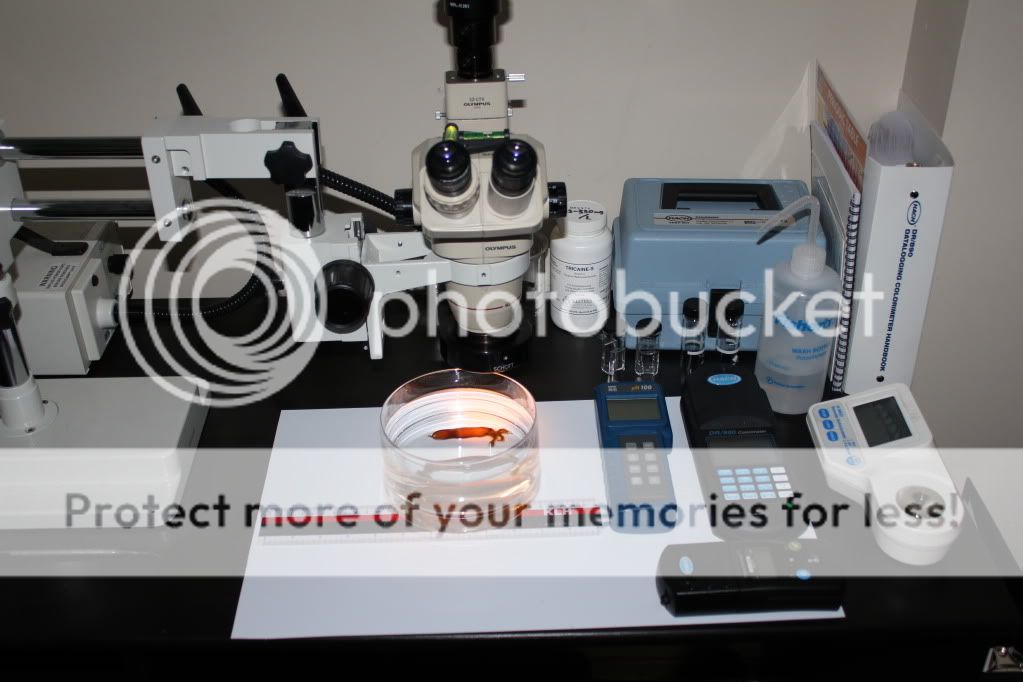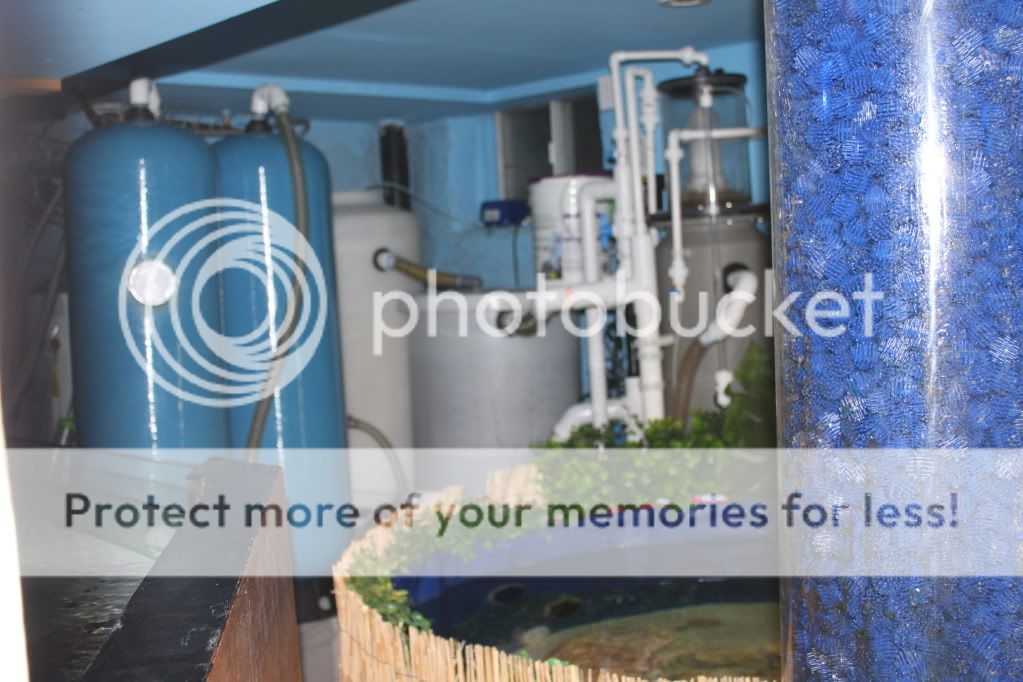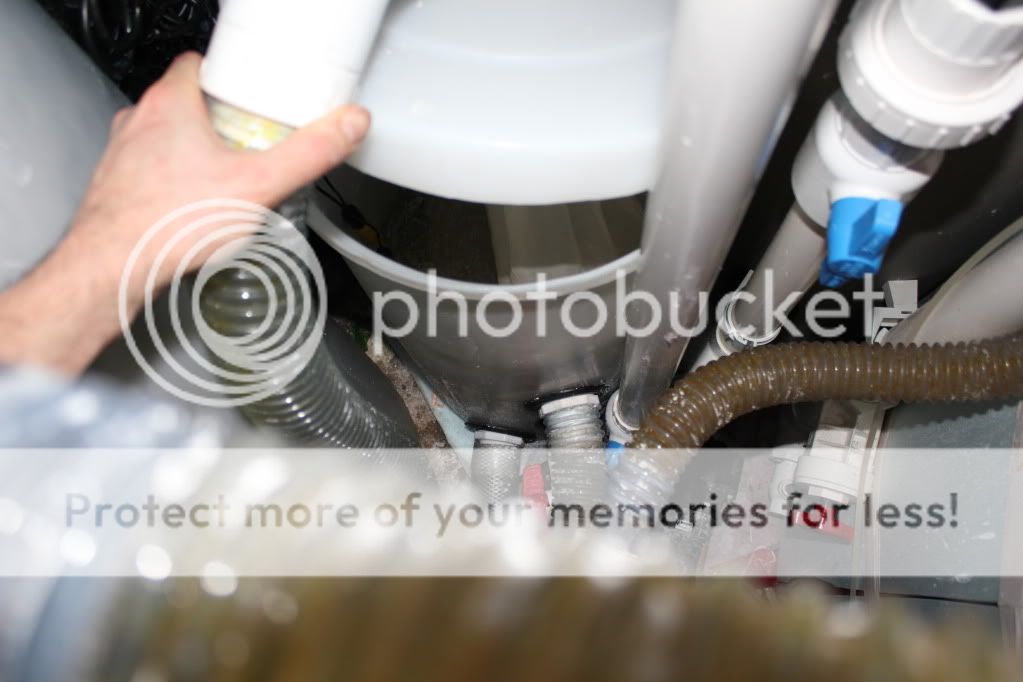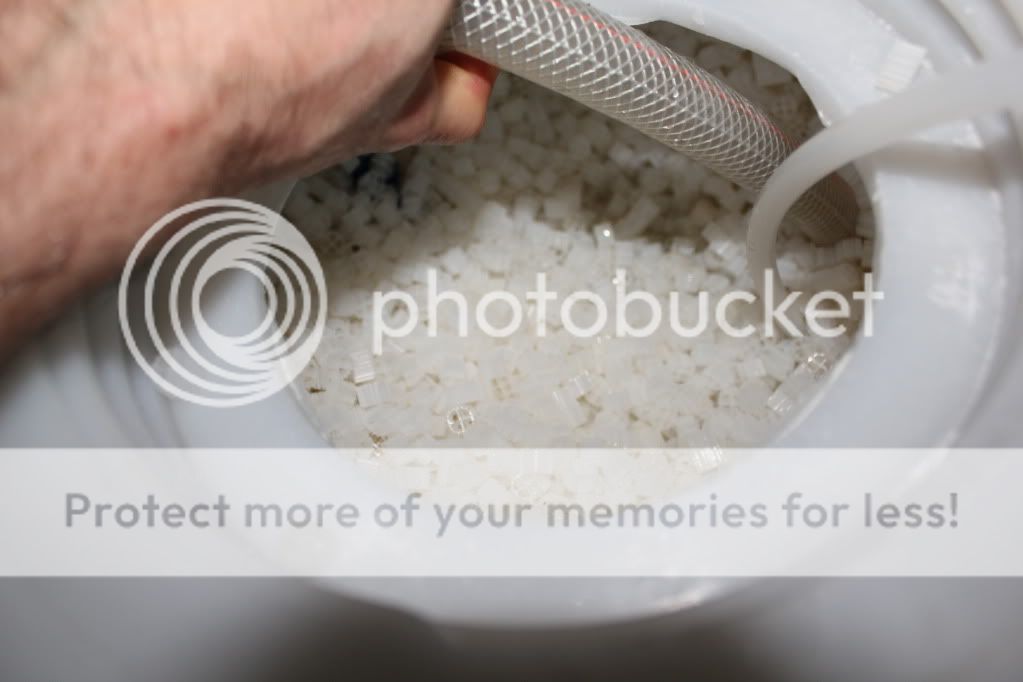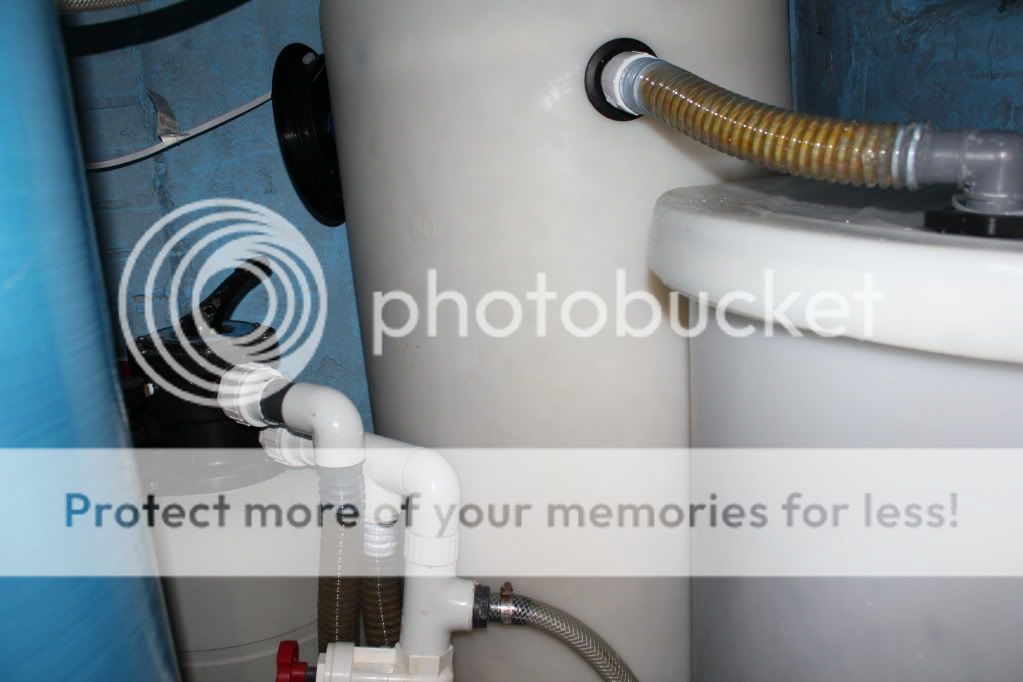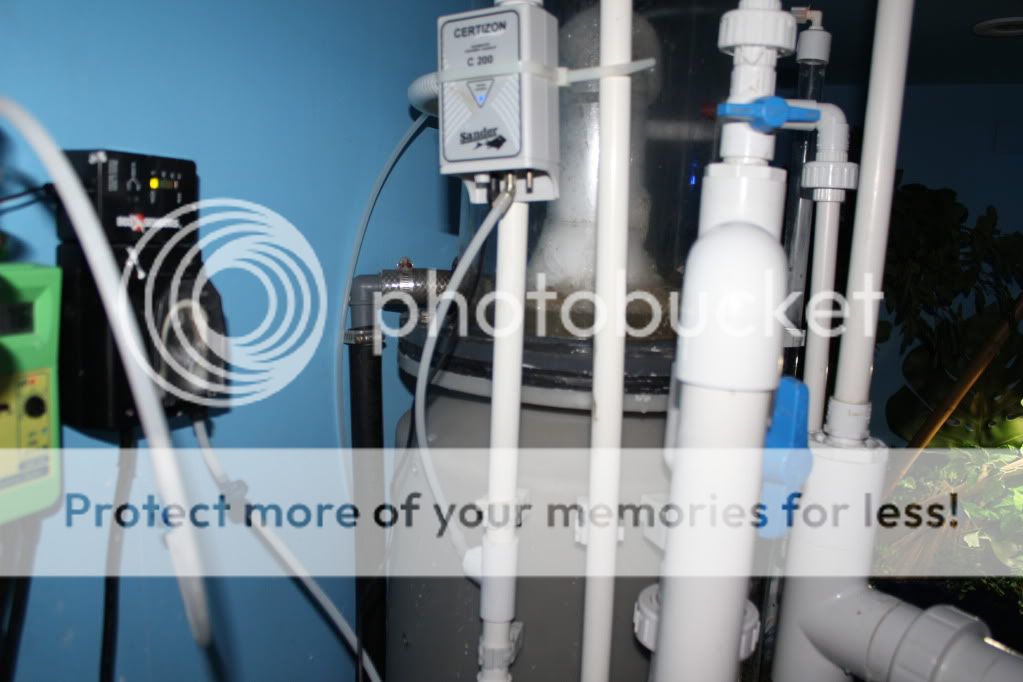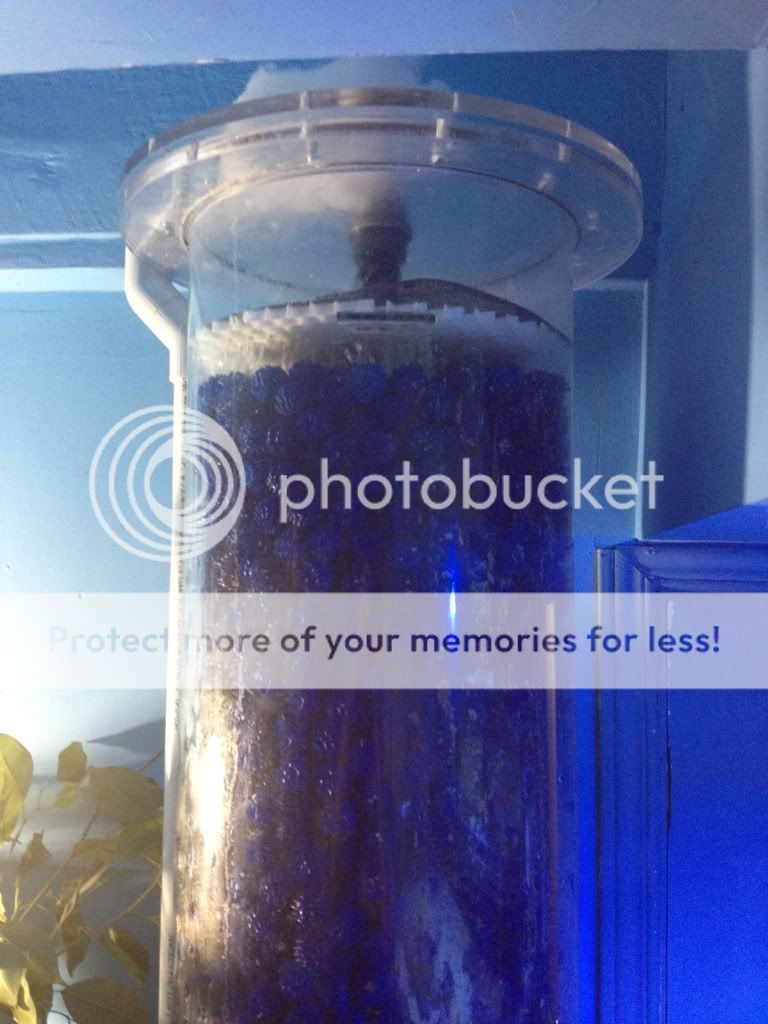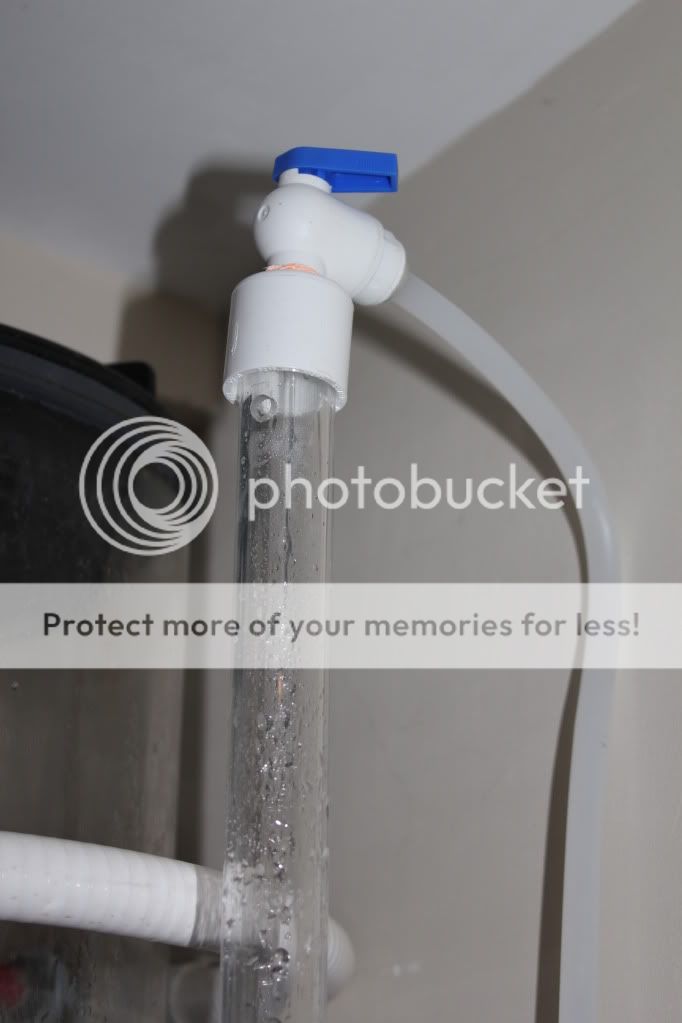Hi everyone!
I just wanted to share with you the most recent shark species that I have bred and hatched, Atelomycterus baliensis.
Catsharks have been my biggest passion for as long as I can remember and I have truly dedicated myself to this family of shark... and several others.
To my knowledge this species has only been bred in Oari Aqua World in Japan. I would love to hear if anyone knows otherwise.
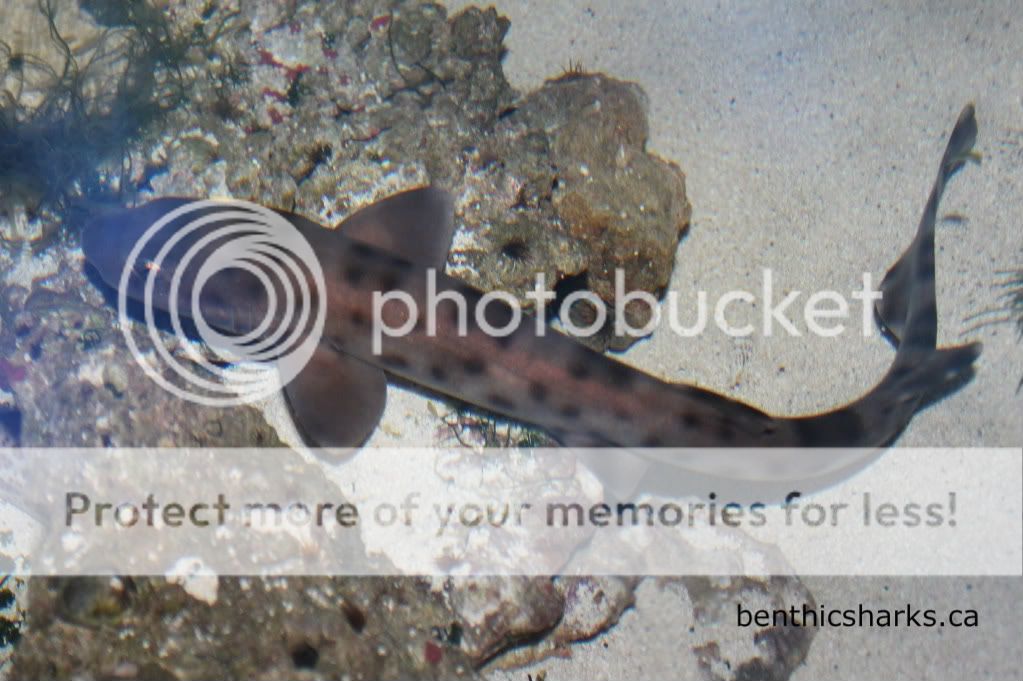
Here is a sexy time video
http://youtu.be/xDhzjCkxmSE
[YT]<iframe width="560" height="315" src="http://www.youtube.com/embed/xDhzjCkxmSE" frameborder="0" allowfullscreen></iframe>[/YT]
Stages of embryo development
http://youtu.be/YxpusFAS-Is
[YT]<iframe width="560" height="315" src="http://www.youtube.com/embed/YxpusFAS-Is" frameborder="0" allowfullscreen></iframe>[/YT]
and finally my first baliensis neonate. It's a boy!
http://youtu.be/Iip9d2x77aE
[YT]<iframe width="560" height="315" src="http://www.youtube.com/embed/Iip9d2x77aE" frameborder="0" allowfullscreen></iframe>[/YT]
If interested, feel free to subscribe to me on youtube and checkout my sites for more info. There will be many more videos to come!
Chris
I just wanted to share with you the most recent shark species that I have bred and hatched, Atelomycterus baliensis.
Catsharks have been my biggest passion for as long as I can remember and I have truly dedicated myself to this family of shark... and several others.
To my knowledge this species has only been bred in Oari Aqua World in Japan. I would love to hear if anyone knows otherwise.

Here is a sexy time video
http://youtu.be/xDhzjCkxmSE
[YT]<iframe width="560" height="315" src="http://www.youtube.com/embed/xDhzjCkxmSE" frameborder="0" allowfullscreen></iframe>[/YT]
Stages of embryo development
http://youtu.be/YxpusFAS-Is
[YT]<iframe width="560" height="315" src="http://www.youtube.com/embed/YxpusFAS-Is" frameborder="0" allowfullscreen></iframe>[/YT]
and finally my first baliensis neonate. It's a boy!
http://youtu.be/Iip9d2x77aE
[YT]<iframe width="560" height="315" src="http://www.youtube.com/embed/Iip9d2x77aE" frameborder="0" allowfullscreen></iframe>[/YT]
If interested, feel free to subscribe to me on youtube and checkout my sites for more info. There will be many more videos to come!
Chris



